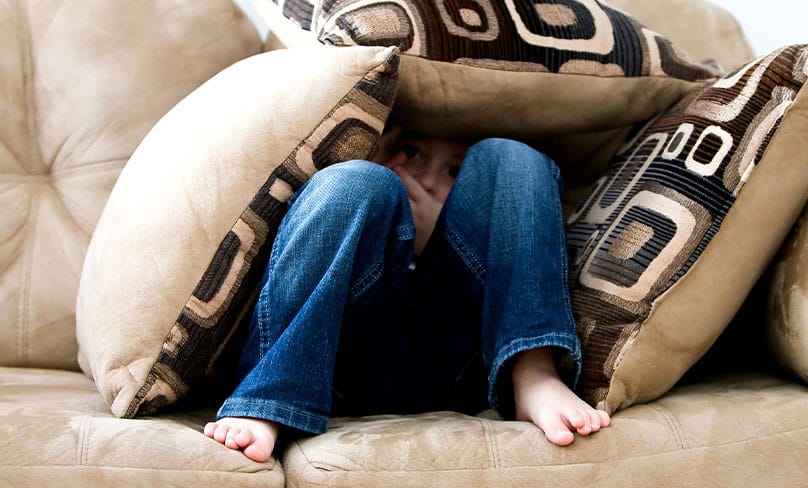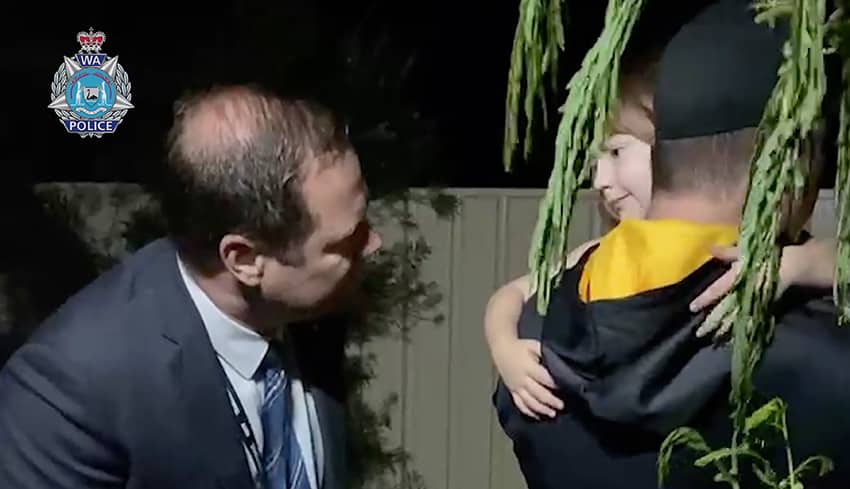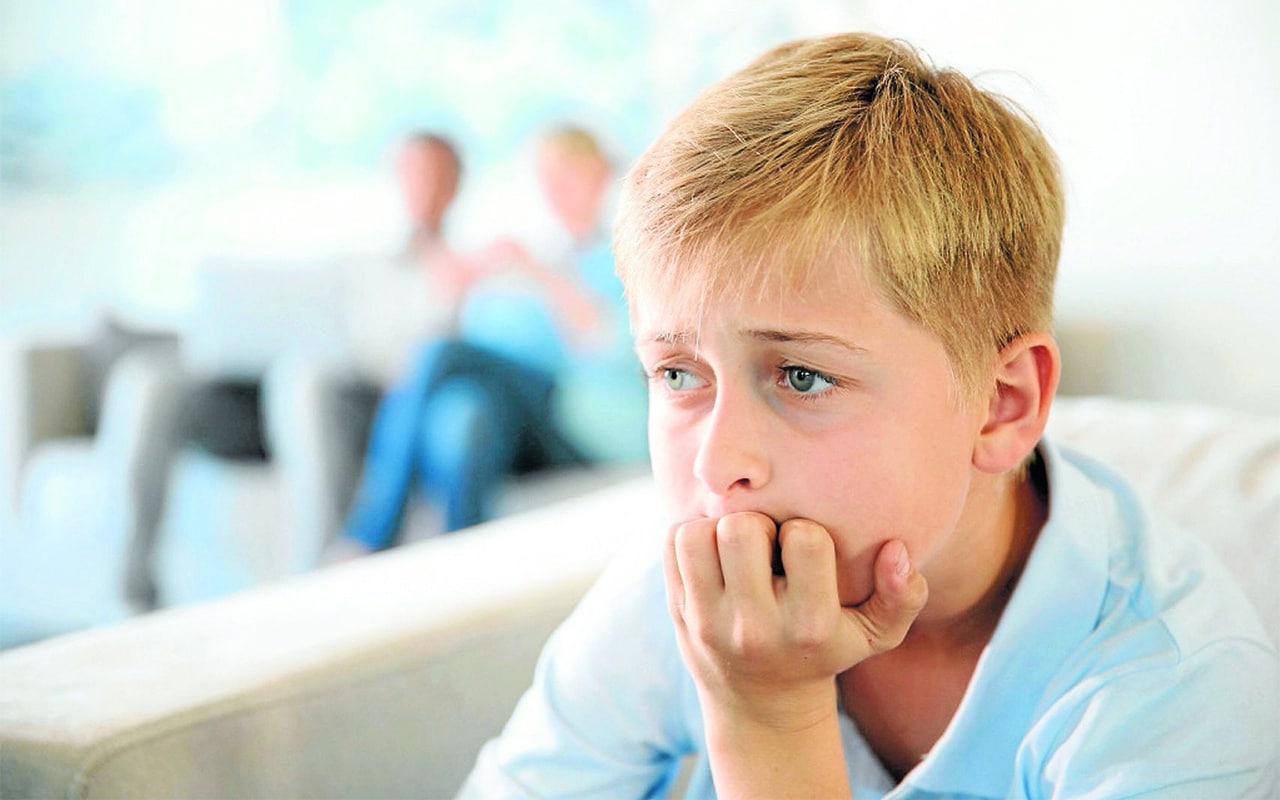
Media reporting of distressing events involving children can be upsetting for your child or student but a gentle conversation with you can provide much-needed support and reassurance.
Mental health professionals often notice a spike in young people needing help with anxiety when there is intense news coverage of events such as the recent abduction of four-year-old Cleo Smith from a Western Australian campsite, and the tragic death of young twins in a Byron Bay house fire.
While in this case, Cleo and her family were reunited, children can still be left with fears that something similar to what they see or hear about could happen to them, says Australian Catholic University’s Professor Daryl Higgins.
“It’s important to recognise that children need and deserve to have open, honest and responsive conversation about the thing that has frightened or disturbed them …”
Professor Higgins is a psychologist and director of the Institute of Child Protection Studies at ACU. He says that distressing media reports, or overhearing people talking about them, can “absolutely” spark intense anxiety and fear of harm in children and teenagers. But the good news is that simple conversation with a trusted adult can do a lot to reassure them.
“It’s important to recognise that children need and deserve to have open, honest and responsive conversation about the thing that has frightened or disturbed them, and that means parents taking the initiative and inviting them to talk,” Professor Higgins said.
And if your child says ‘No, I don’t want to talk’ that doesn’t mean they don’t ever want to. It may mean dropping what you’re doing and creating the opportunity right now, or inviting them to talk later – perhaps after dinner or while going for a walk with you.
Once your child is ready to talk, the next step is to ask what they know about what they heard or saw, and what they understand about it, to try to work out what is worrying before trying to reassure him or her.

“Clearly with the Cleo Smith case, one of the things that they might be thinking is that the risks are that they will be somehow abducted,” Professor Higgins explained. “One great thing to do there is to put it into context and reassure children that that’s a very rare event, which is why we’re seeing it on the television.
“So pointing out that with 5 million children in Australia this happened to one of them this year, and isn’t it great that police were able to find her and return her to the care of her parents?
“Good information about the actual prevalence of these events and the risks of them happening is helpful along with the idea that the whole community, all of us, can be on the lookout for when harm could occur to children.
“That can be very reassuring to a child who might be thinking this could happen to them.”
“When they are ready to talk, invite them to tell you what they know about what they saw or heard, and what they think about it.”
Tips for conversations about traumatic events in the media:
- Observe what you notice about your child’s reaction eg. “It looks like you’ve seen (or heard) something’s worrying you on your iPad (or TV, radio etc). Can you talk to me about that?”
- Let them know you are there for them if they want to talk about it, if not now then a little later but don’t leave it too long
- When they are ready to talk, invite them to tell you what they know about what they saw or heard, and what they think about it
- Offer reassurance along with factual information about how these events are very rare, and point out the people who were there to help and support those involved
- If they are worried that somehow it was their fault, or that if they are ‘bad’ or do the wrong thing, it could happen to them as well, reassure them and explain with facts how it has nothing to do with them at all
- Offer to pray with them for all those involved in the event

For more information and tips, Professor Higgins recommends these Raising Children Network articles:
Disaster news, supporting children aged 6-11 years
Disaster news, supporting teens
You can also download a free pdf booklet from Australian Catholic University ‘Keep Me Safe’.
While aimed at professionals, including educators, to provide information on talking about tough stuff with kids and parents, parents may find it useful for practical tips as well.
It includes what to do when a kid discloses abuse, harm or fear of harm; creating a kid-safe service; planning for safety; power and children’s safety; tools and activities for kids about safety; a scenario and links to other resources.
Related:
